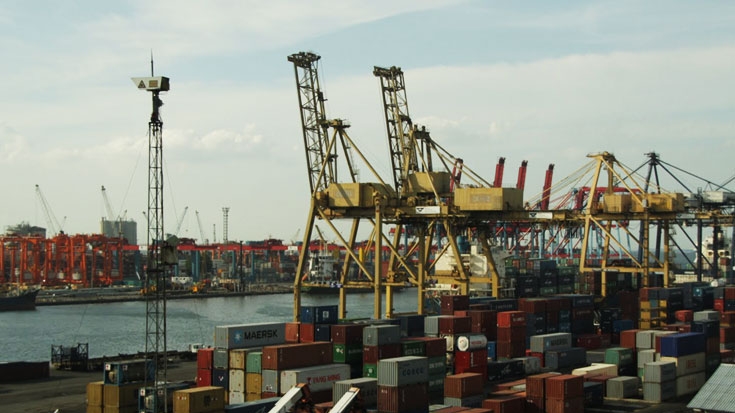Overview
International Bank for Reconstruction and Development (IBRD) financing and World Bank expertise has helped support Indonesian reform efforts to improve the investment climate, strengthen public financial management, and enhance poverty alleviation and service delivery. The World Bank has been providing this support since 2004 through a series of annual loans under the Indonesia Development Policy Loans (DPL) program.
The DPLs 5 and 6 in particular (2008-2009) helped roll out Indonesia’s National Single Window system, improve taxpayer services, and support several other reforms to reduce investor uncertainty. These reforms helped improve the governance and transparency of public spending by helping set up a Treasury Single Account and a national public procurement agency, among other initiatives. The DPLs 5 and 6 also helped enhance poverty alleviation and service delivery, by helping Bappenas, Indonesia’s development planning agency, set up an internal system to evaluate poverty reduction programs and create a uniform database on impoverished households that can be used by various implementing agencies.
Challenge
Indonesia’s investments had been constrained by poor intra-government coordination, legal and judicial uncertainty, poor infrastructure, as well as unclear policies, regulations, and procedures. State and regional budgets were not yet planned with specific development outcomes in mind, nor were they being spent under tight internal controls or accounted for with strong financial reporting. Poverty reduction programs were also fragmented, and poverty measurement and targeting systems needed to be improved. There was also a need to strengthen the existing household and community-based poverty reduction programs for example, the medical insurance program (Jamkesmas) and the national community empowerment program (PNPM Mandiri).
Approach
The DPL program overall is a broad, cross-cutting program that has been designed to focus on strengthening government systems for improved policy implementation, in line with the World Bank's Country Partnership Strategy for Indonesia. The DPLs 5 and 6 in particular relied largely on dialogue and engagement with the Indonesian government in all three DPL policy areas (investment climate, public financial management, and poverty alleviation and service delivery). As such, the government’s own reform agenda fed significantly into the objectives, design and implementation of the DPLs 5 and 6, thereby putting the government squarely in the driver’s seat. The DPL approach prompts on-going deliberation of policy options, strengthens the resolve of reform champions within government, and may eventually lead to reform breakthroughs. The DPLs are seen by the Indonesian government not only as a financing instrument, but more as a tool for accelerating its own critical reforms.
Results
The second DPL series contributed to the following key outcomes, which continued to be pursued under the ongoing DPL program:
- Increased investment flows into Indonesia: Investment improved significantly from the 2007-09 average of US$7 billion to US$10 billion in the first half of 2011 (31.5 percent investment to gross domestic product (GDP) ratio).
- Laying the groundwork for Indonesia’s National Single Window (INSW) to help reduce the time and cost for importing and exporting activities: The INSW pilot program has helped raise the number of importers/exporters from 3,791 in 2010 to 5,618 in 2011.
- Improvement in key indicators of the Doing Business survey: During the period of 2010 to 2011, Indonesia’s ranking for starting a business improved from 156 to 155; paying taxes from 134 to 131; and resolving insolvency from 149 to 146.
- Improvement in the budget process: Total capital expenditure disbursement by the end of Quarter 2 went from 21percent in 2008 to 26 percent in 2009. Thenumber of government line ministries/agencies receiving unqualified opinions on their financial statements also increased from 45 in 2009 to 52 in 2010.
- Reprioritization of poverty alleviation and service delivery efforts: A shift in government focus to make public expenditures more pro-poor has led to the formation of a National Team for the Acceleration of Poverty Reduction under the Vice President’s office, tasked with coordinating poverty reduction programs, and developing national targeting and monitoring and evaluation (M&E) systems.
- Scaling up of PNPM Mandiri: Government funding for the entire PNPM program also increased to around US$1 billion. By the end of 2011, PNPM rural had reached 63,000 villages, 5,020 kecamatan (districts) and 393 kabupaten (regency); whereas PNPM urban had reached 10,948 urban wards in 268 kota/kabupaten. Annually, about 35 million people benefit from PNPM Mandiri subprojects, with the participation of the poor and women estimated at 45 percent and 50 percent, respectively.

